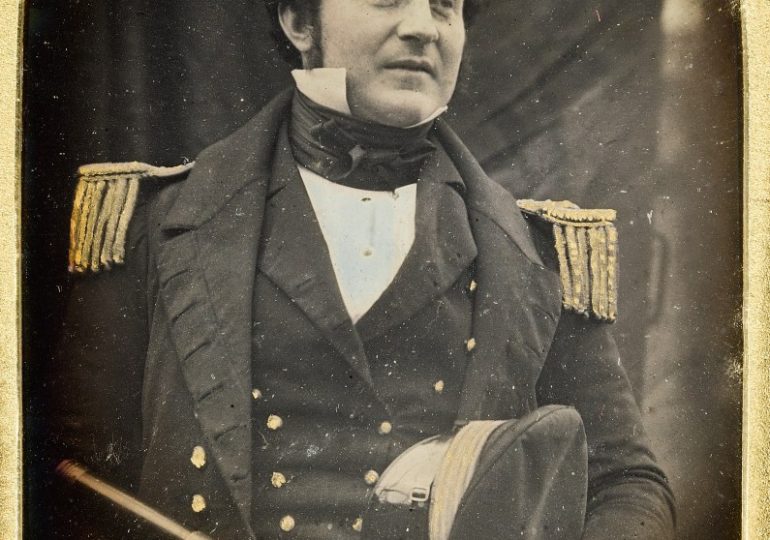MYSTERY surrounding human remains from the disastrous Franklin expedition in 1845 has been solved, with researchers revealing an unlucky lad was cannibalised.
Scientists also identified the sailor, who was eaten after the botched voyage that was dubbed the “lost expedition”.
WikipediaThe remains of a man who was cannibalised on the ship were identified as James Fitzjames[/caption]
Douglas R. Stenton, et al. 2024DNA from the jawbone suggests the human remains belong to Captain Fitzjames[/caption]
AP:Associated PressThe HMS Terror sailed from England in 1845 to find the “Open Polar Sea”[/caption]
The failed journey of arctic exploration was led by Sir John Franklin, who brought 129 crewmen along with him.
Researchers have used DNA analysis to find that some of the remains on King William Island in Canada belong to a lad named Sir James Fitzjames, who had the title of British first officer.
The study’s co-author Dr Douglas Stenton, who hails from Waterloo University, said rank and status counted for nothing once survival instincts kicked in.
A British Royal Navy expedition, the sailors took to the seas to find a sea route between the Pacific and the Atlantic – via the Arctic.
They hoped lucrative shipping routes could be established if a safe route over Canada’s north was discovered.
But two ships – one aptly named HMS Terror and the other HMS Erebus – got trapped in the ice close to King William Island.
Franklin ordered his crew to abandon the ships and instead try to traverse the island by foot.
They were no match for the freezing temperatures, as well as scurvy they’d developed.
Not a single one survived, and the discovery of the crew’s bones years later sent shivers down scientists’ spines.
A team from University of Waterloo and Lakehead University in 2013 excavated the site, containing a chilling 415 bones believed to belong to at least 13 crew.
One of those bones was a jawbone, since found to belong to Fitzjames.
But what had scientists speculating over cannibalism was the state they found it in – it featured a series of small cut marks.
Researchers believed this indicated the bones was butchered for meat, and that Captain Fitzjames had been eaten by a cannibal.
The horror hypothesis was later proven when scientists discovered many of the same bones to have similar cut marks.
At least four of the bodies at the site had been eaten, scientists say.
Robert Park, another co-author from University of Waterloo, said: “It demonstrates the level of desperation that the Franklin sailors must have felt to do something they would have considered abhorrent.
“Ever since the expedition disappeared into the Arctic 179 years ago there has been widespread interest in its ultimate fate, generating many speculative books and articles and, most recently, a popular television miniseries which turned it into a horror story with cannibalism as one of its themes.
“Meticulous archaeological research like this shows that the true story is just as interesting and that there is still more to learn.”
Scientists are now calling for any descendants of sailors from the doomed expedition to see if they DNA can matched to any of the others left rotting on the island.
HandoutAll 129 explorers lost their lives on the ship[/caption]
EPAThe watery grave was discovered in 2019[/caption]
Leave a comment








